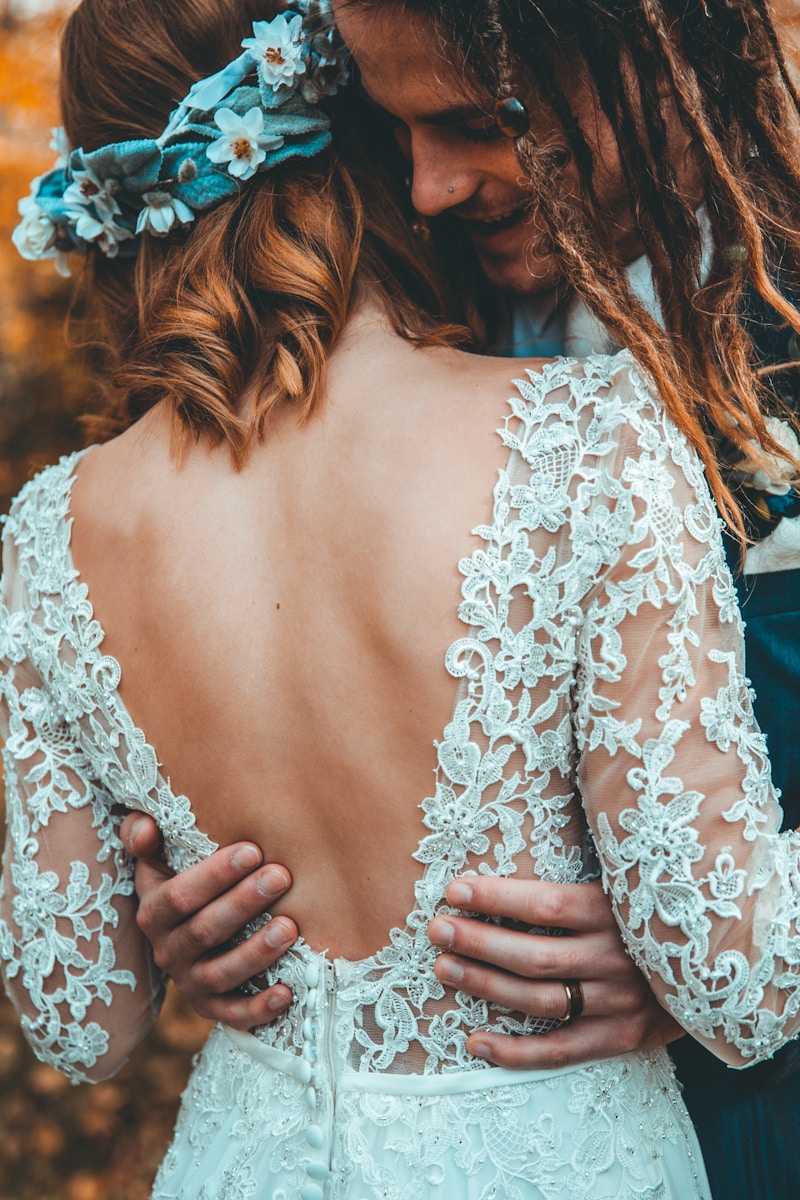How Fabric Affects Sizing for Wedding Dresses
When it comes to choosing the perfect wedding dress, the fabric plays a crucial role that goes beyond aesthetics. Understanding how fabric affects sizing for wedding dresses can make all the difference in ensuring that your special day goes off without a hitch. In this article, we will explore various fabrics, their properties, and how they impact the fit of wedding dresses for brides-to-be. Get ready to gain insights that will empower you during your wedding planning journey!
The Importance of Fabric in Wedding Dresses
Wedding dresses come in a plethora of fabrics, each presenting unique challenges and benefits in terms of sizing. The fabric influences not only the overall look and style of the dress but also how it fits and moves with the body. Here, we’ll delve into several commonly used fabrics in wedding dresses and how they dictate the sizing process.
Common Wedding Dress Fabrics
| Fabric | Description | Impact on Sizing |
| Satin | A luxurious and smooth fabric with a glossy finish. | Can be true to size; however, it may cling to the body, requiring adjustments for a perfect fit. |
| Chiffon | A lightweight and sheer fabric that flows beautifully. | Often requires a more fitted inner layer; sizing adjustments may be needed for draping. |
| Lace | An intricate and delicate fabric that adds texture to any gown. | Stretches slightly but may not accommodate body movements well, requiring careful sizing. |
| Tulle | A net-like fabric that offers structure and volume. | Generally allows for some flexibility in sizing; however, heavier layers may require more precise measurements. |
| Organza | A stiff and sheer fabric, excellent for structured designs. | Tends to run smaller, and designers may recommend sizing up for comfortable fit. |
How Different Fabrics Affect Wedding Dress Fit
The impact of fabric on sizing can significantly change the way a dress is tailored. Each material behaves differently as it interacts with the body's contours during movement, and choosing the right fabric can enhance or detract from the dress's comfort and appearance. Below are the key considerations based on different fabric types and how they affect sizing decisions.
Satin vs. Chiffon: The Balance of Structure and Movement
Satin is lauded for its rich appearance and luxe drape, making it a preferred choice for many brides. However, because satin clings to the body, achieving the desired silhouette might require special attention during fitting. Brides may need to account for body shapes and sizes to ensure comfort without compromising style.
Conversely, chiffon provides a flowing drape that gently embraces the body without constricting movement. Yet, its lightweight quality can necessitate additional layers or adjustments to ensure proper coverage and fit. In this case, working closely with a bridal designer who understands how chiffon drapes can make all the difference in sizing and fit.
The Intricacies of Lace and Tulle
Lace wedding dresses are often stunningly beautiful due to the intricate designs and textures they offer. However, lace can pose unique sizing challenges as it may stretch through wear. A bride needs to consider whether to size slightly up or down depending on the lace’s elasticity and the style’s design. Proper undergarments are also essential to achieving the optimal look while still prioritizing comfort.
Tulle, on the other hand, is often used to create voluminous skirts. Depending on how thick the layers of tulle are, brides might find that the sizing can vary. As tulle is less forgiving in terms of fit, brides should aim to ensure that the underlying structure—the bodice and any other supporting fabric—fit well before accounting for the tulle layers.
Understanding the Role of Samples and Alterations
Given the significant influence fabric has on fit, many brides find it beneficial to try on samples made from various materials. This can help them visualize how different fabrics work with their body shape. Bridal boutiques typically encourage this practice, allowing brides to gather experiences that will inform their final decisions.
Once a wedding dress fabric is chosen, it’s essential to engage in comprehensive fitting sessions. Skilled seamstresses can modify a dress to fit snugly while complimenting the chosen fabric's qualities. Whether it’s reinforcing seams in a lace gown or adjusting the volume on a tulle skirt, alterations will ensure the dress fits flawlessly on your big day.
Final Thoughts and Recommendations
Understanding how fabric affects sizing for wedding dresses is crucial for any bride-to-be looking to make an informed choice. By carefully considering the properties of various fabrics, brides can find a gown that not only matches their vision but also fits beautifully. Remember to prioritize comfort and movement, as you’ll be wearing the dress for several hours on one of the most important days of your life!
As you embark on this journey to find your dream wedding dress, keep these tips in mind:
- Always try on various fabrics to see how they fit and feel against your body.
- Consult with bridal experts about the best fabric choices for your desired silhouette and comfort.
- Don't hesitate to opt for alterations to achieve the perfect fit, regardless of fabric choice.
- Keep the fabric's care in mind, as some materials may require special treatment post-wedding.
By following these guidelines, you can ensure that you not only look gorgeous on your wedding day but also feel comfortable and confident in your chosen gown!
